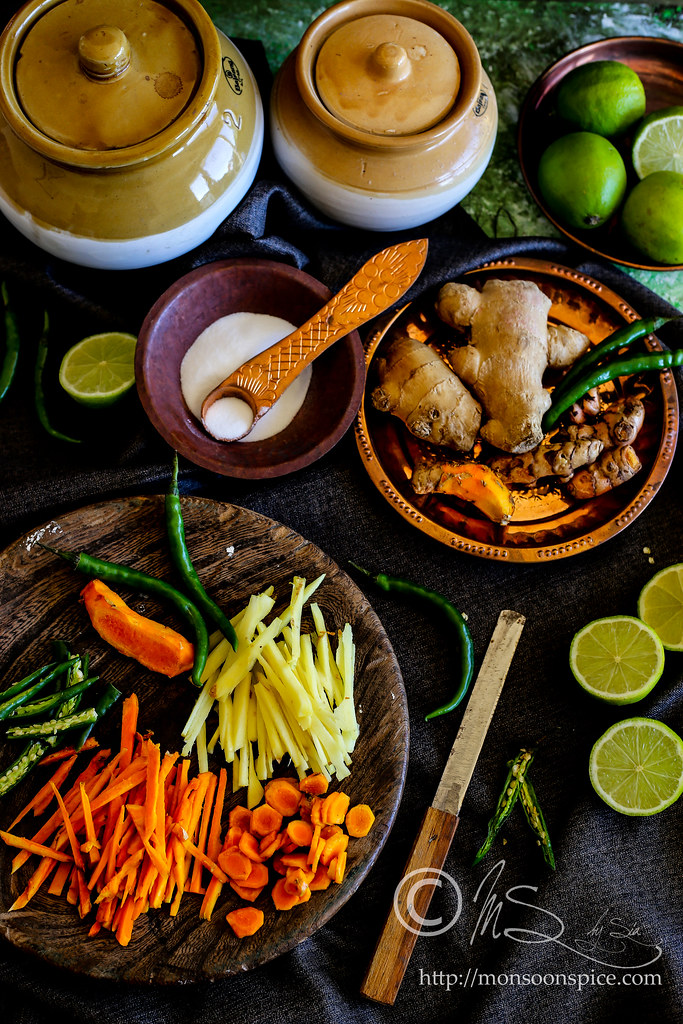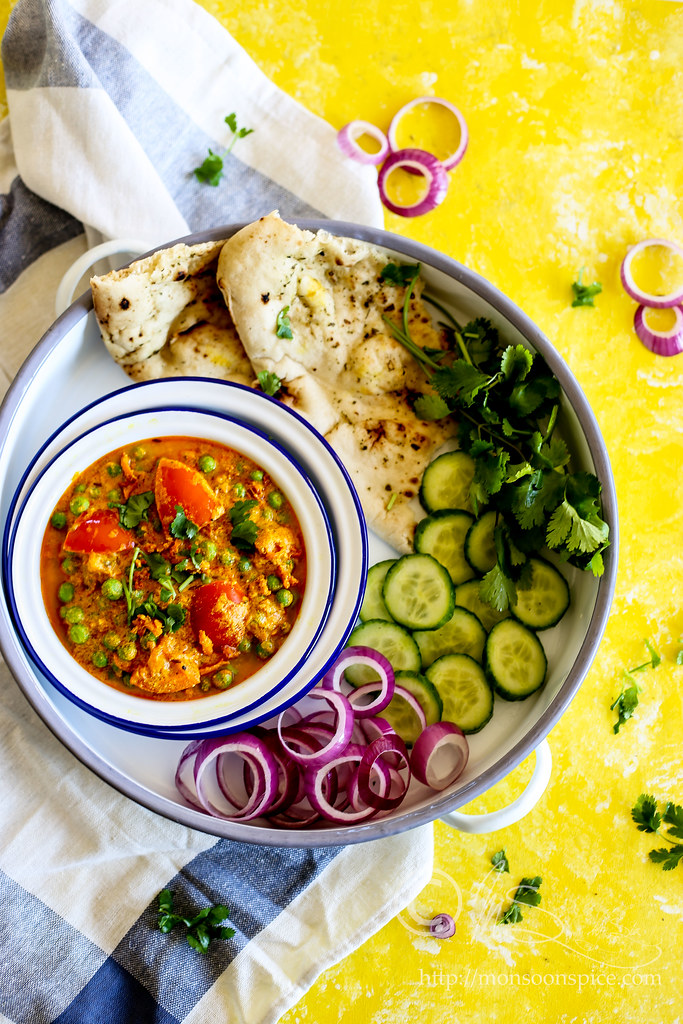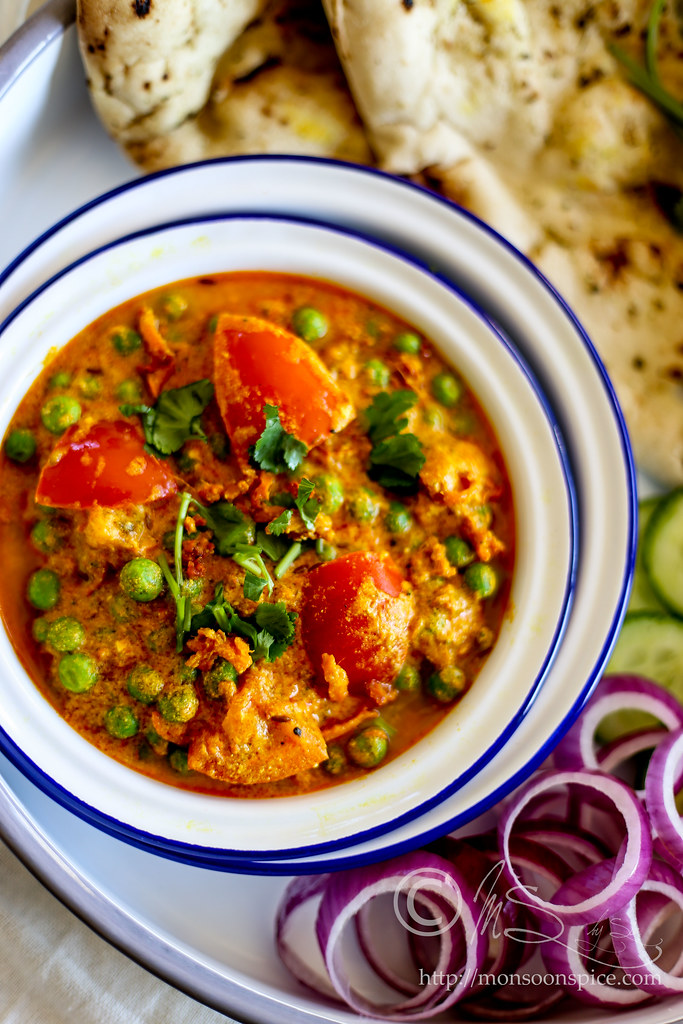
Learn how to make Fresh Turmeric and Ginger Pickle or Kachchi Haldi Aur Adrak Ka Achar ~ Pickled fresh turmeric and ginger in salt and lime juice
There's something soul satisfying about working with fresh ingredients which takes you down the memory lane and warms your heart with nostalgia! Especially when it something that’s difficult to source when you are thousands of miles away from home, like this fresh turmeric roots. After making a unique winter dish of Rajasthani Raw Turmeric Curry (do check this recipe and cook some if you haven’t already), I decided to make another favourite recipe that takes me back home, to the carefree days which coloured my hands and heart with sunshine yellow hues... I am talking about a very simple and easy to make Kachchi Haldi aur Adrak Ka Achar or Raw Turmeric and Ginger Pickle.


The word ‘pickle’ comes from the Dutch pekel or German pókel, meaning salt or brine, two very important components in the pickling process. Throughout history pickling was a necessity, as it was the best way to preserve food for a long period of time before canning came into picture. Pickles are created by immersing fresh fruits or vegetables in an acidic liquid or saltwater brine until they are no longer considered raw or vulnerable to spoilage, hence extending their shelf life to months and some for years. Pickles have been around for thousands of years, dating as far back as 2030 BC in India. It is believed that pickles originated in India and the cucumbers were the first to be pickled in the Tigris Valley. As one of the earliest mobile foods, pickles filled the stomachs of hungry sailors and travelers, while also providing families with a source of food during harsh cold winter months when fresh produce were hard to grow or source. (Source: History in a jar)



